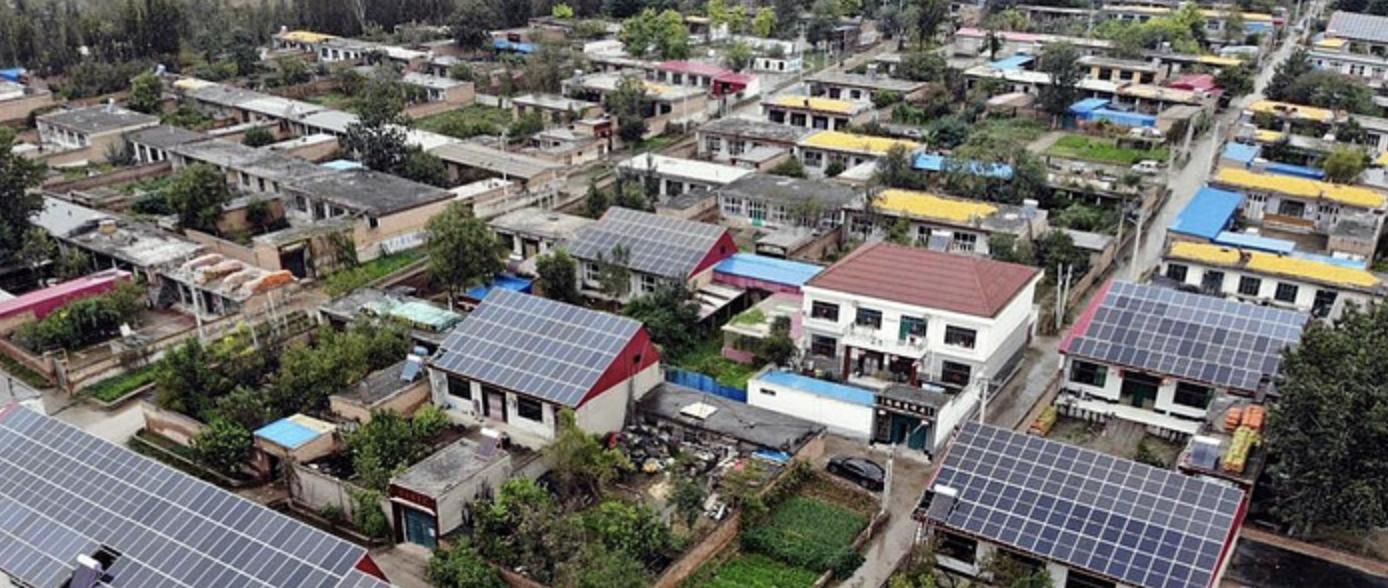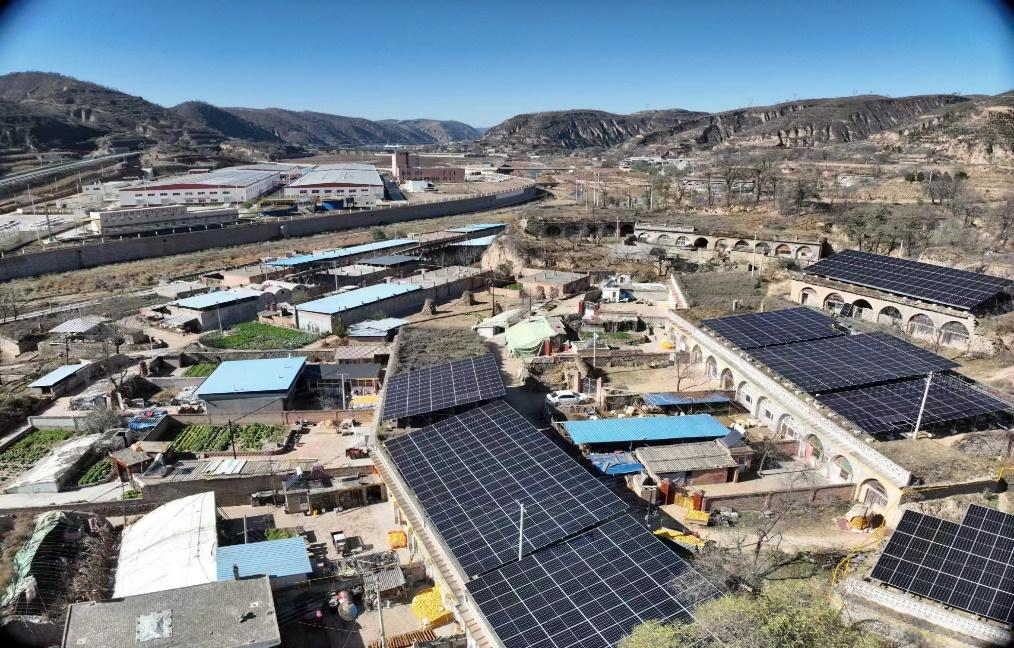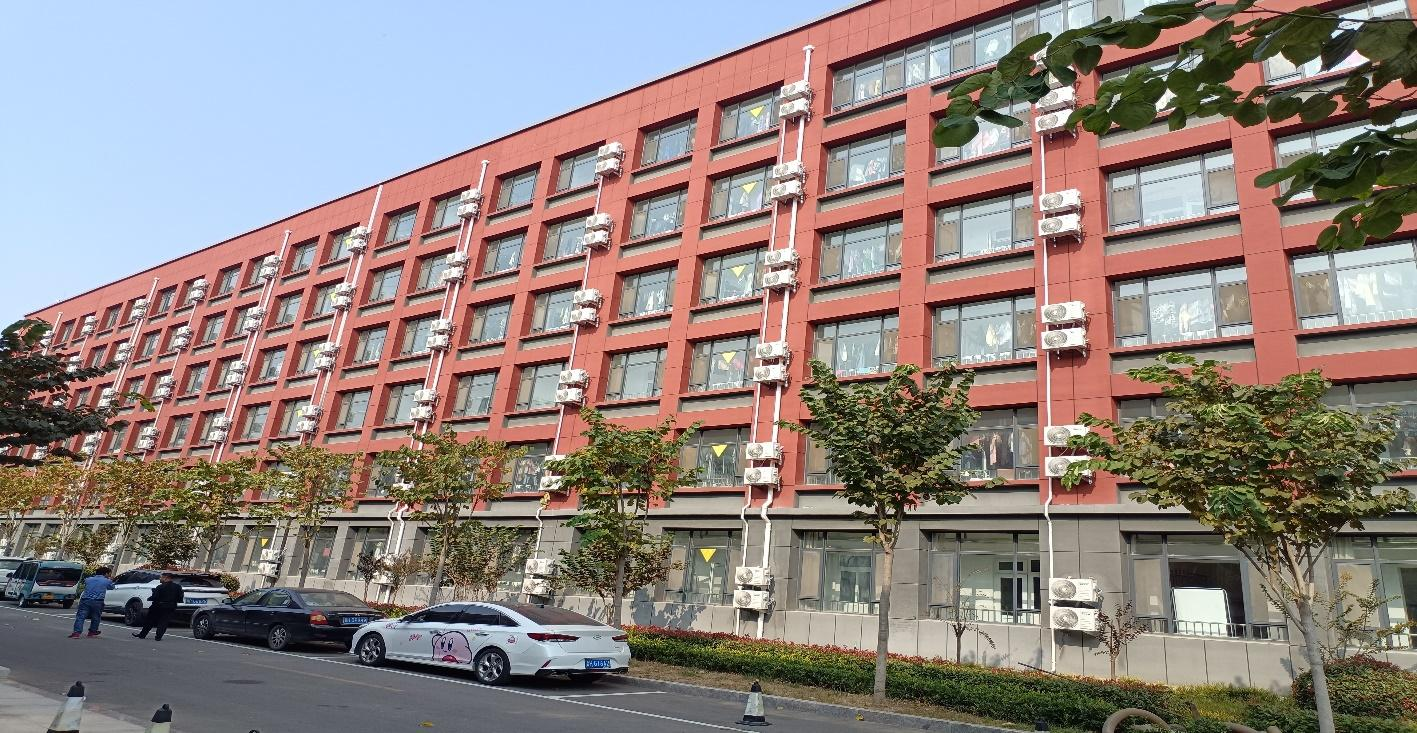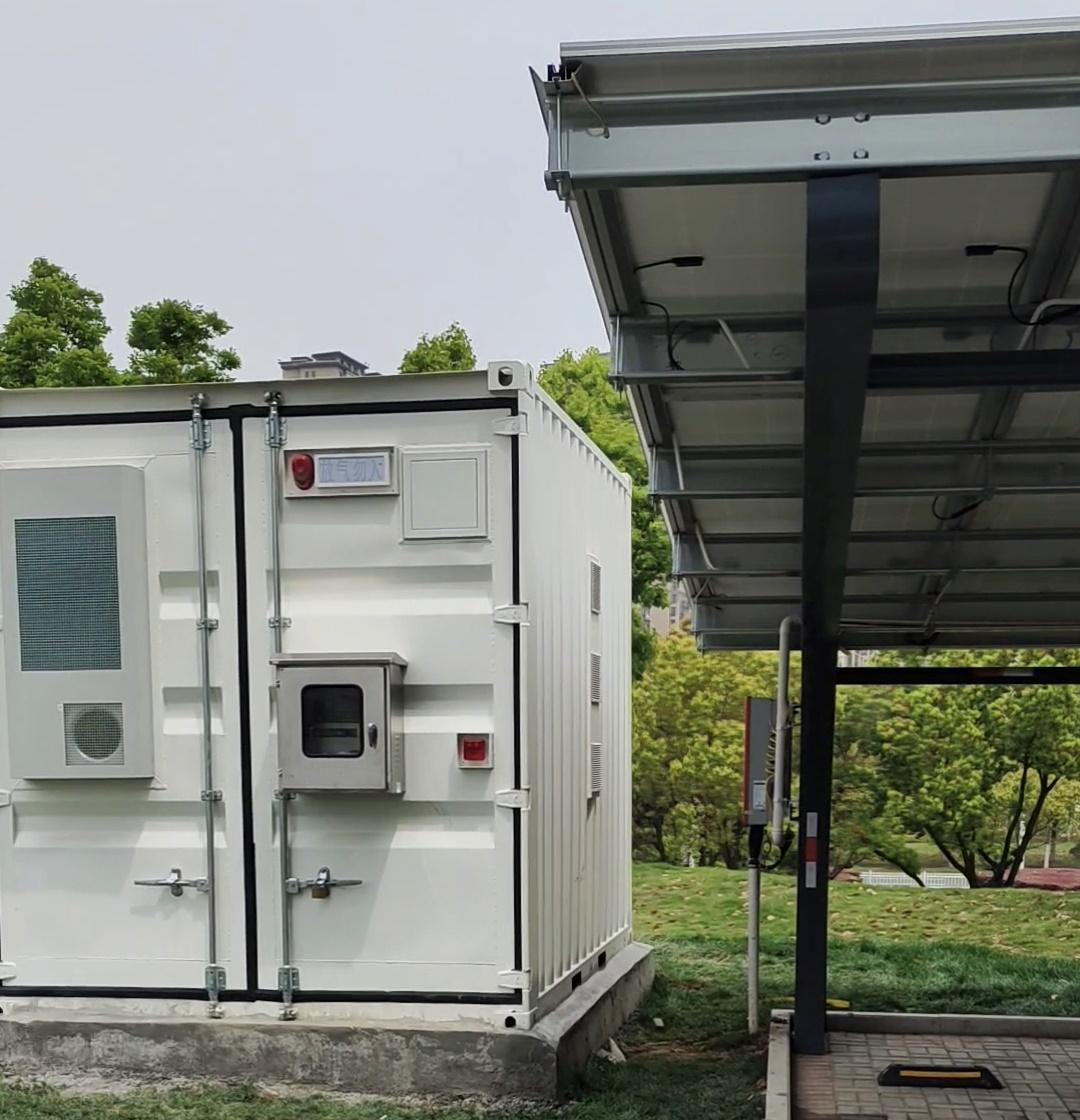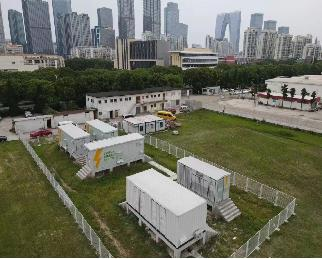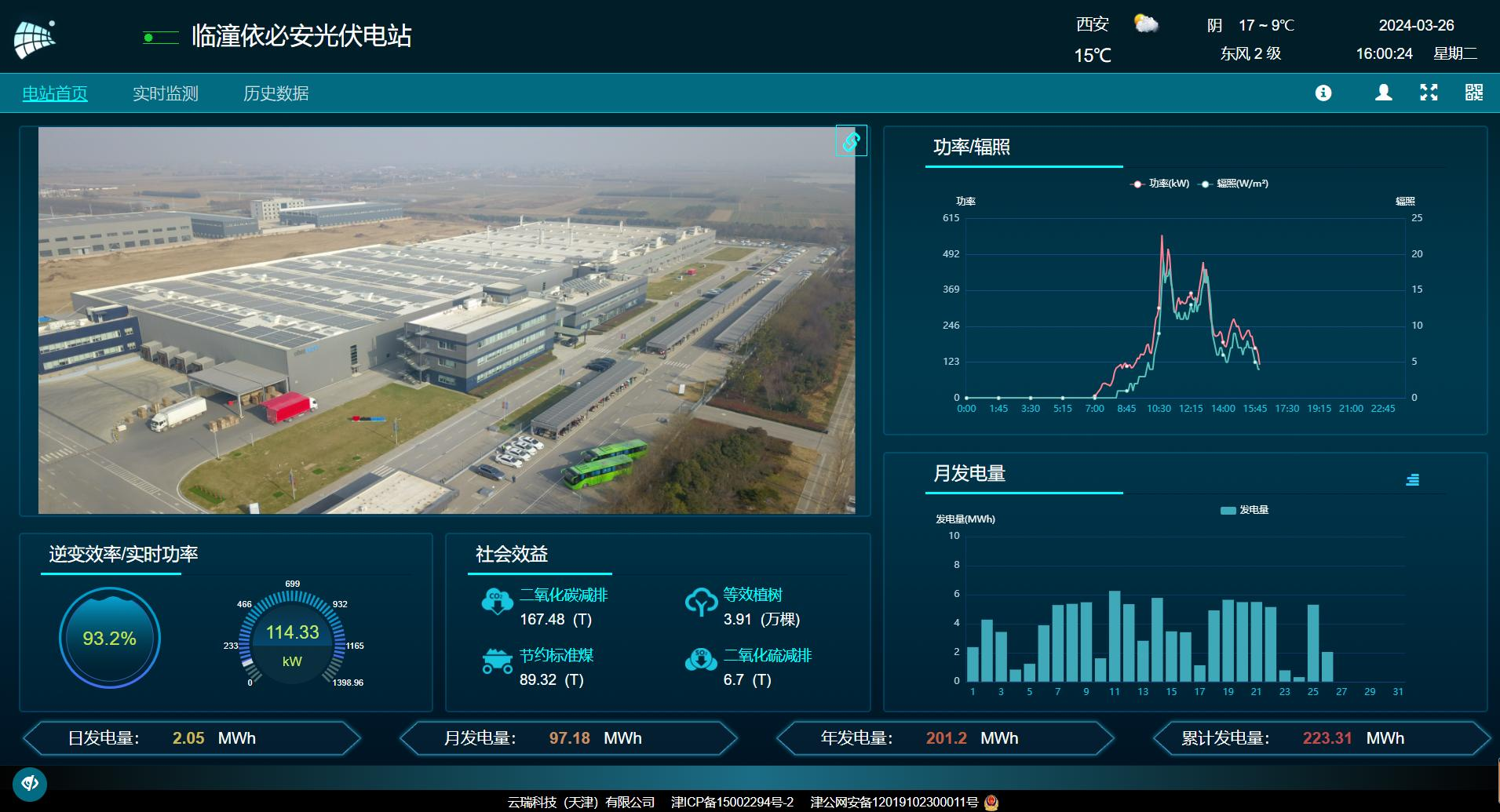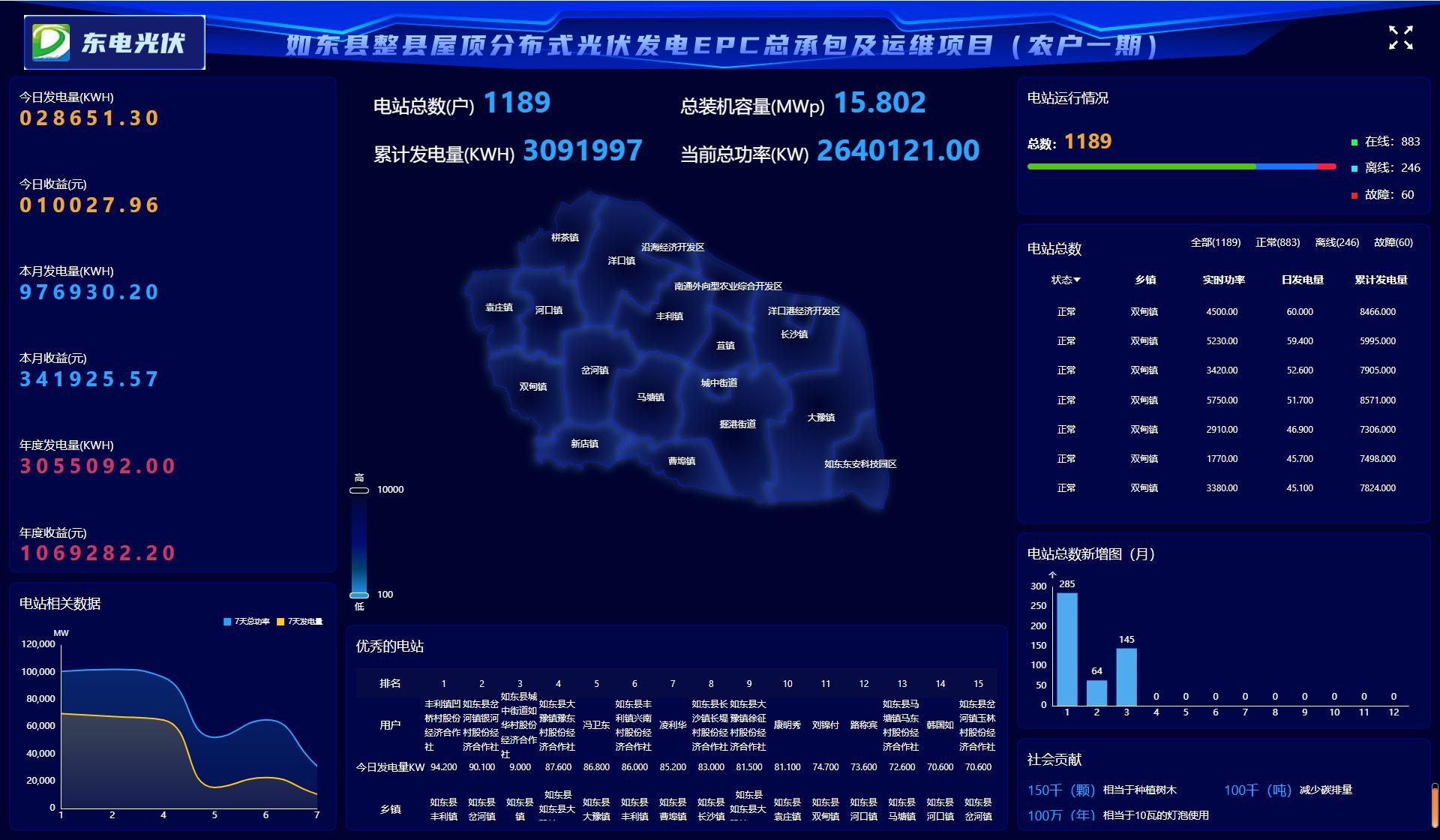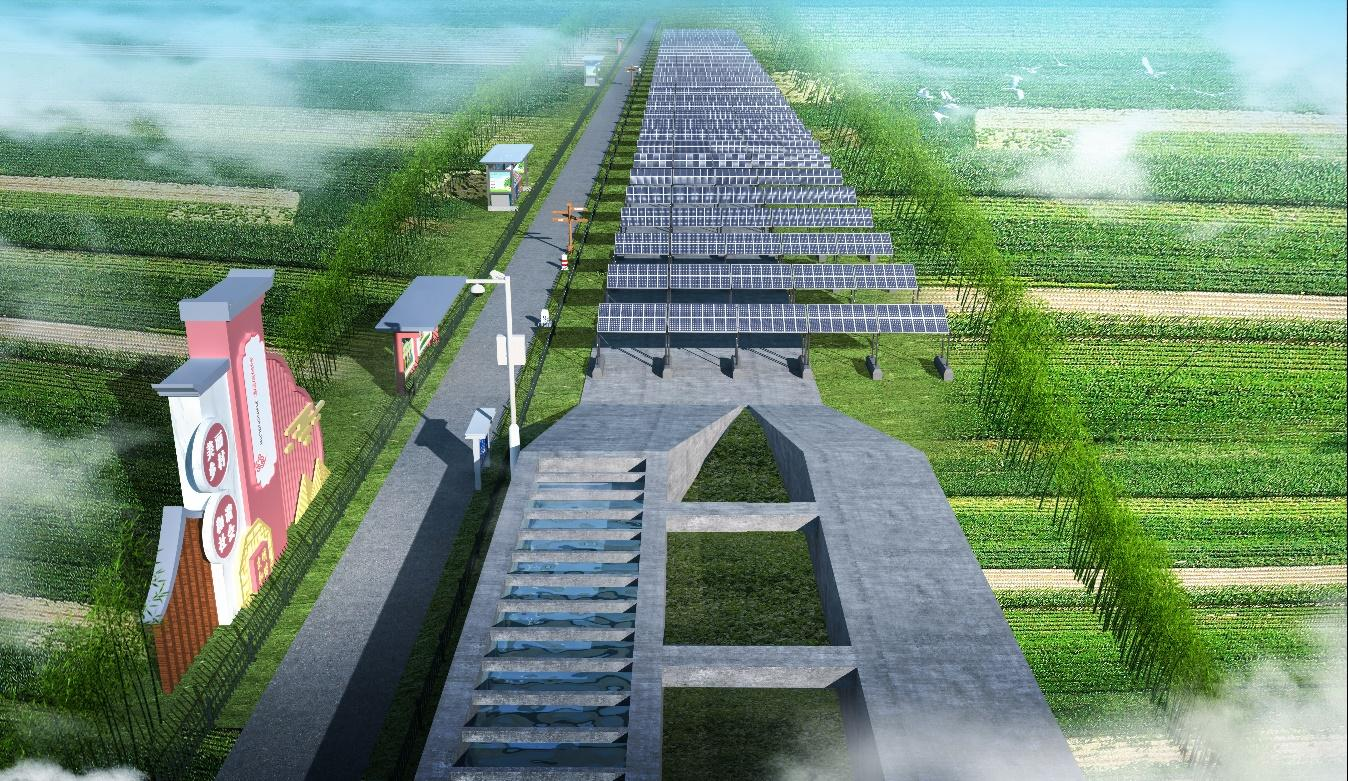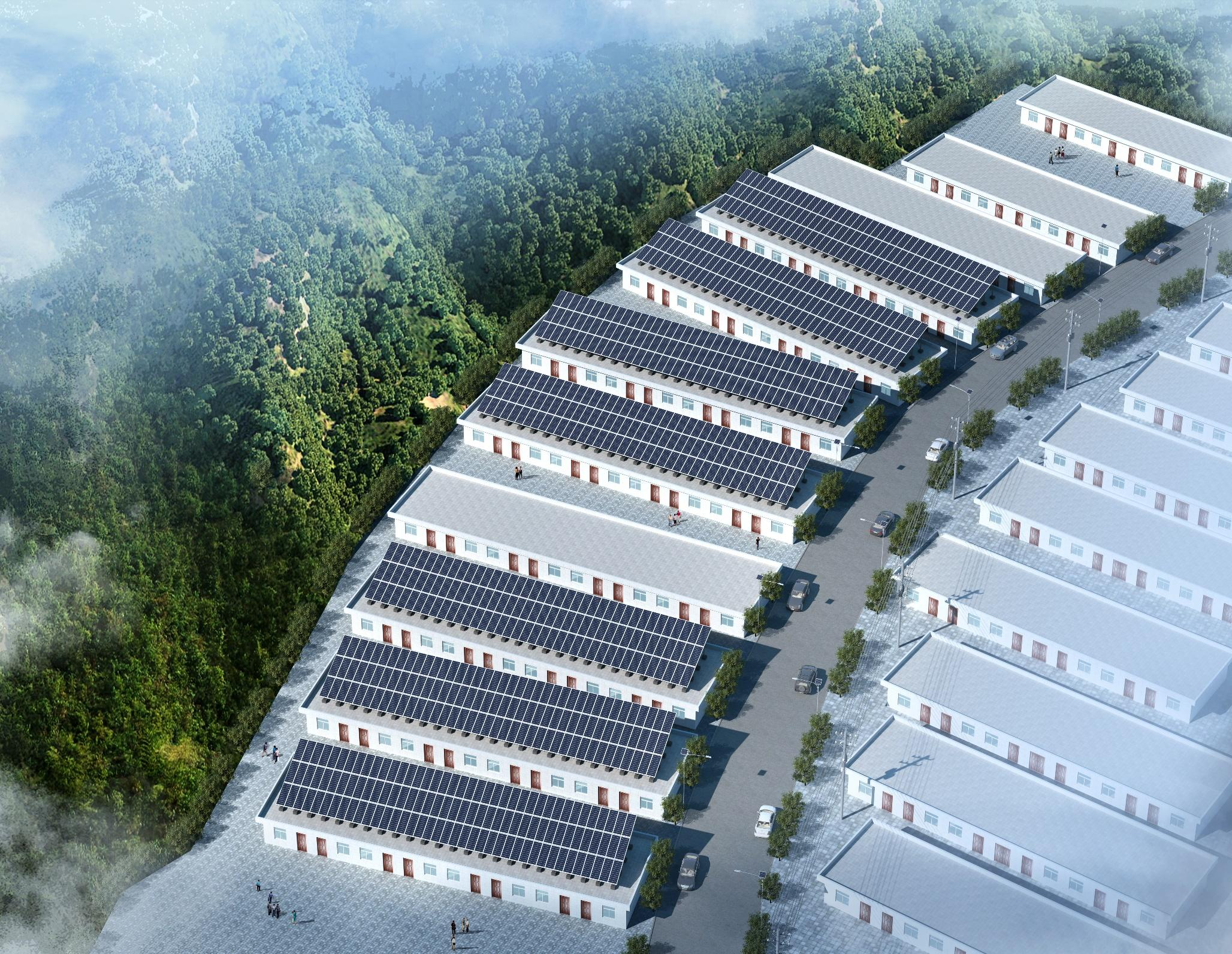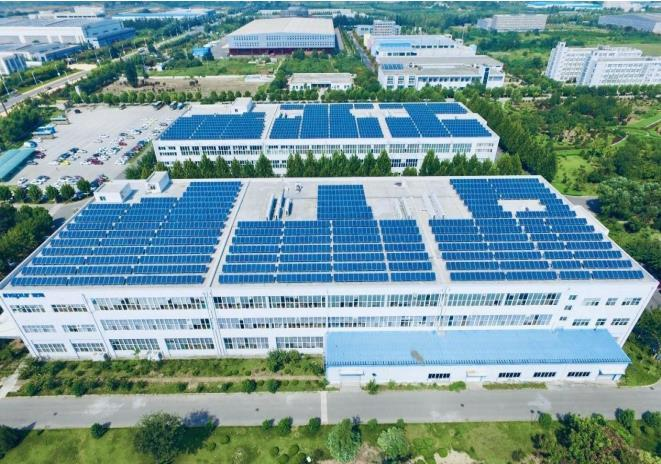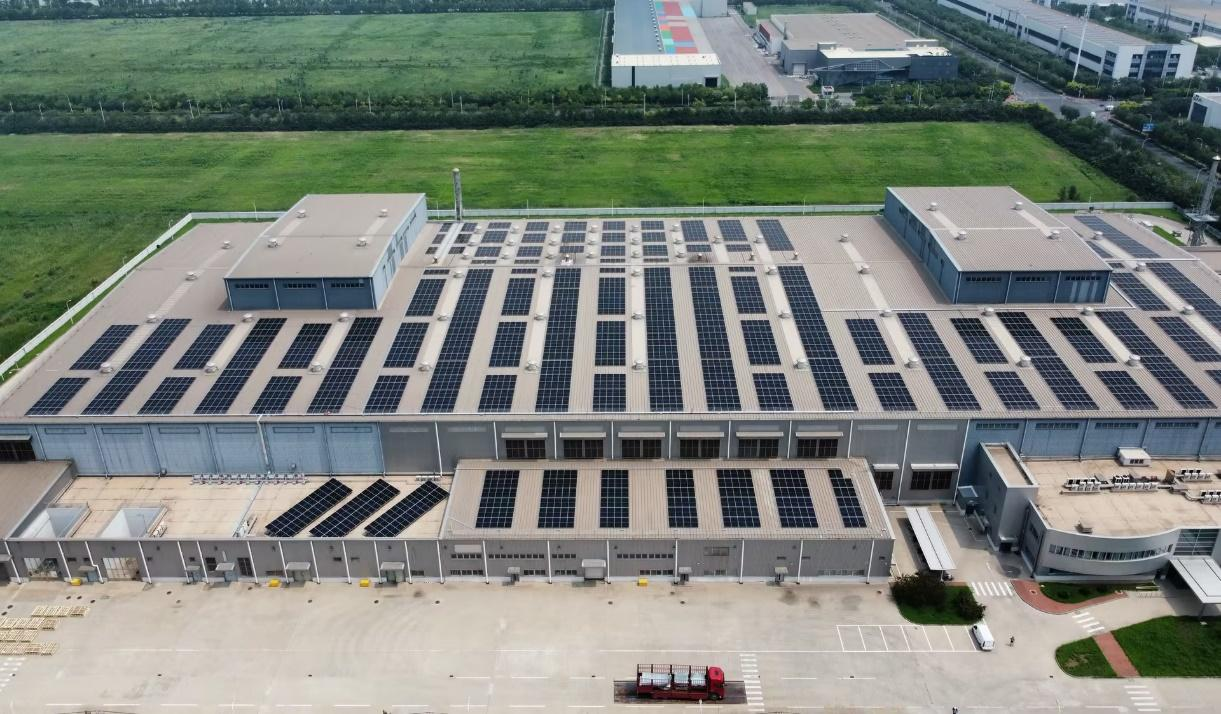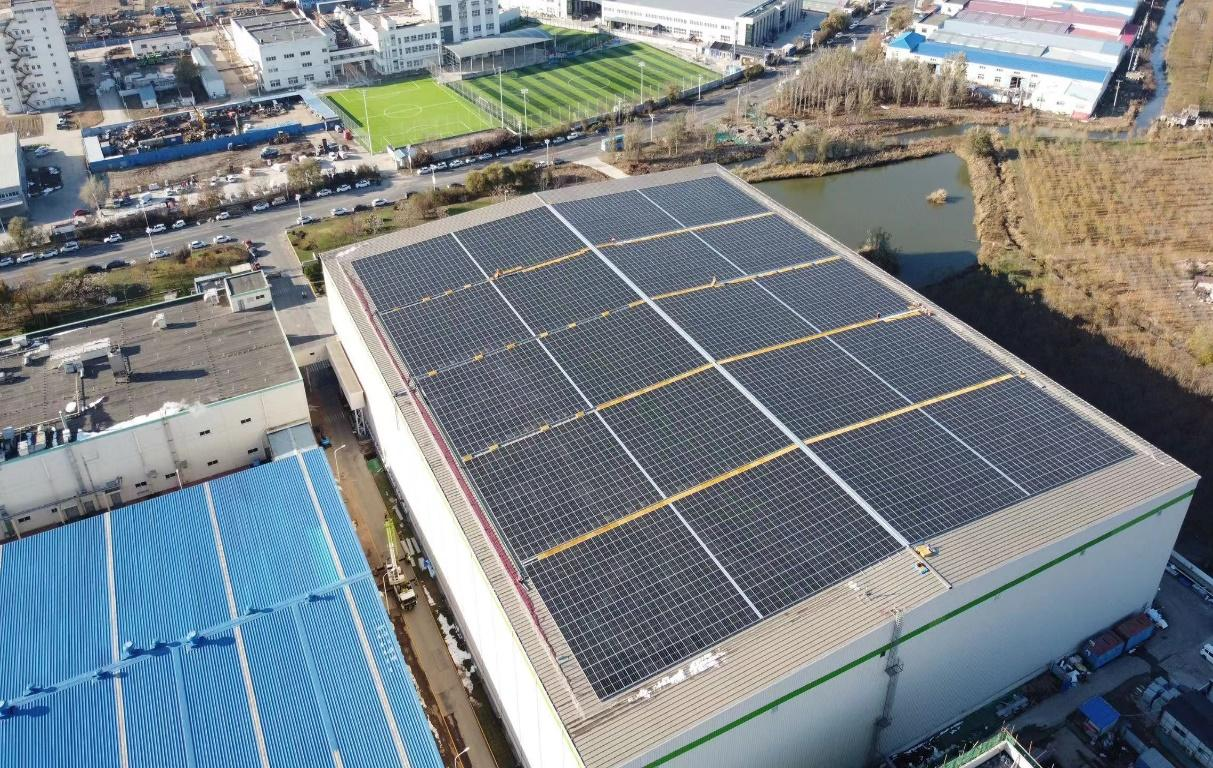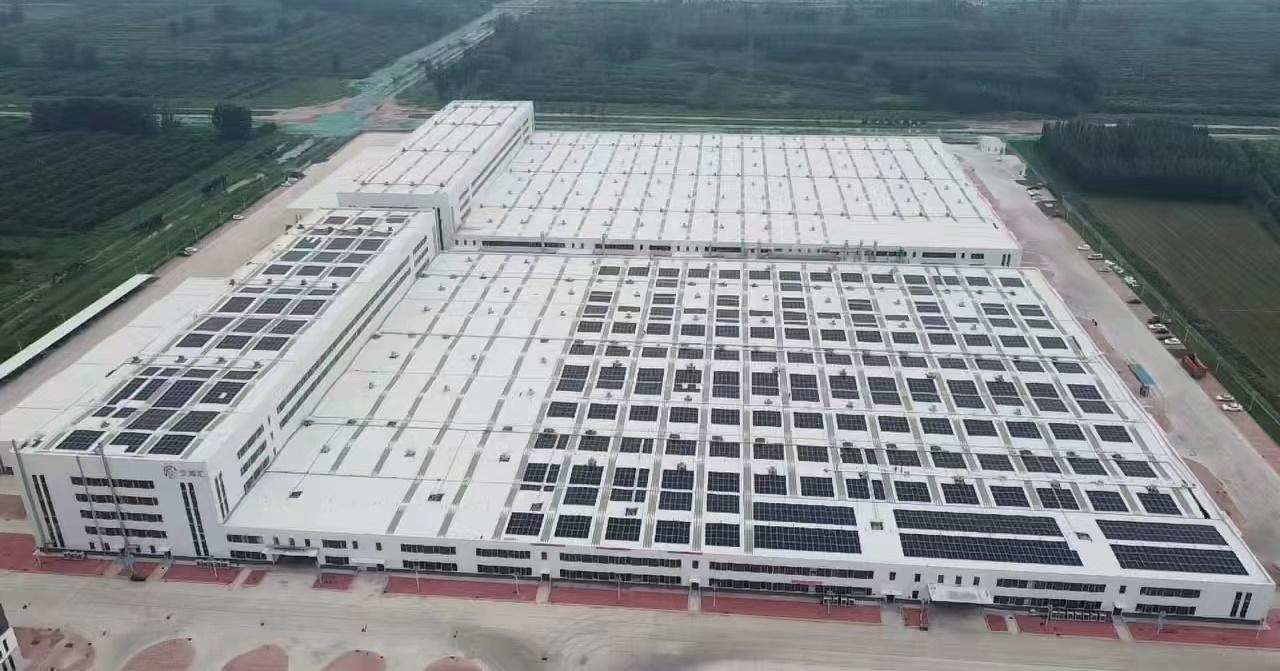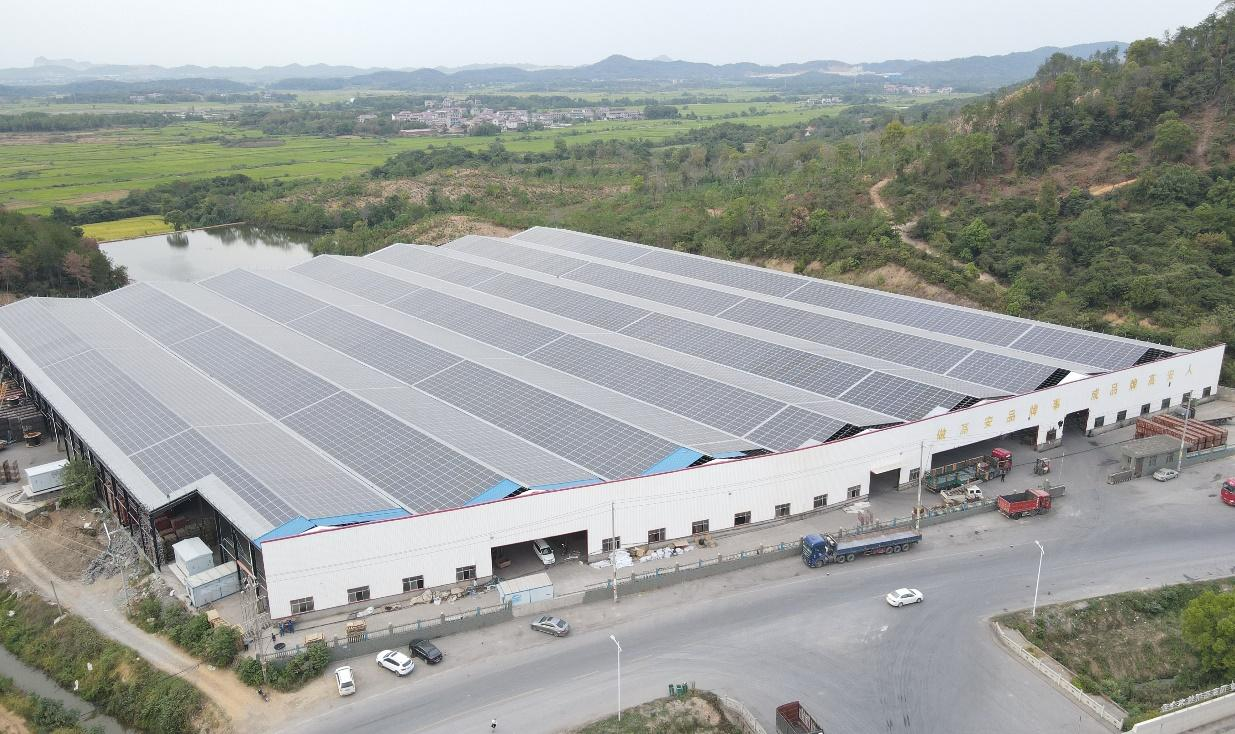Wedoany.com Report-Nov 20, Radiative cooling is an emerging technology that holds the potential to enhance the performance and longevity of PV modules. Researchers from the Institute of Nanotechnology of Lyon explain how this technology may reach commercial maturity.
The partial conversion of sunlight into electricity by solar panels results in their heating, with temperatures rising to 50‐60 C, which significantly reduces both their efficiency and lifespan. Managing this heat is essential for maintaining the performance and durability of photovoltaic systems as they expand globally.
Imagine a world where solar panels achieve unprecedented efficiency by leveraging the natural cooling power of the sky. This isn’t a futuristic concept – radiative cooling is an emerging technology that holds the potential to enhance the performance and longevity of PV modules, making this vision a reality.
Because PV systems have large surfaces oriented toward the sky, they are ideal candidates for this technique, which takes advantage of the Earth's atmospheric transparency in the 8‐13 μm range to enhance radiative heat transfer. In practice, improving radiative cooling systems
(RCS) involves fine‐tuning optical absorption and thermal emission in the infrared range while minimizing the absorption of sub‐bandgap photons.
To achieve this, several scientific and technical challenges must be overcome. These include maintaining high absorption in silicon solar cells across the 0.3‐1.1 μm spectral range through improved optical designs of the PV module and optimizing thermal emission in the infrared range beyond the band gap (λg=1.1 μm).
However, the true appeal of radiative cooling lies in its simplicity and sustainability. Unlike conventional cooling methods that often require energy and complex systems, radiative cooling works passively, powered by its interaction with the surrounding environment. It aligns perfectly with the principles of renewable energy—clean, efficient, and endlessly renewable.
Recent advancements in radiative cooling show great promise for improving PV module efficiency. For example, silica photonic crystals have been shown to lower the temperature of silicon PV absorbers by up to 13 C. Likewise, pyramid structures made from polydimethylsiloxane (PDMS) have proven effective in enhancing broadband thermal emission, further improving cooling efficiency.
Building on these innovations, recent research has demonstrated that applying a multi‐layer coating of titanium oxide (TiO2) and silicon oxide (SiO2) can reduce PV module temperatures by 3 C while increasing power output by 4.6 W/m².
Another promising approach involves a V‐shaped, double‐sided radiative cooling design, which has been shown to reduce PV module operating temperatures by up to 10.6 C, leading to a substantial increase in output voltage by 0.80 V.
These findings highlight the diverse strategies being explored to optimize thermal management in PV systems, paving the way for more efficient and durable solar energy solutions.
In conclusion, radiative cooling is more than just a technological innovation; it exemplifies how natural forces can be harnessed to advance renewable energy. By utilizing the cooling power of the sky, passive heat management will be essential in maximizing the potential of our solar resources, ensuring that the energy captured from the sun is used as efficiently as possible.

